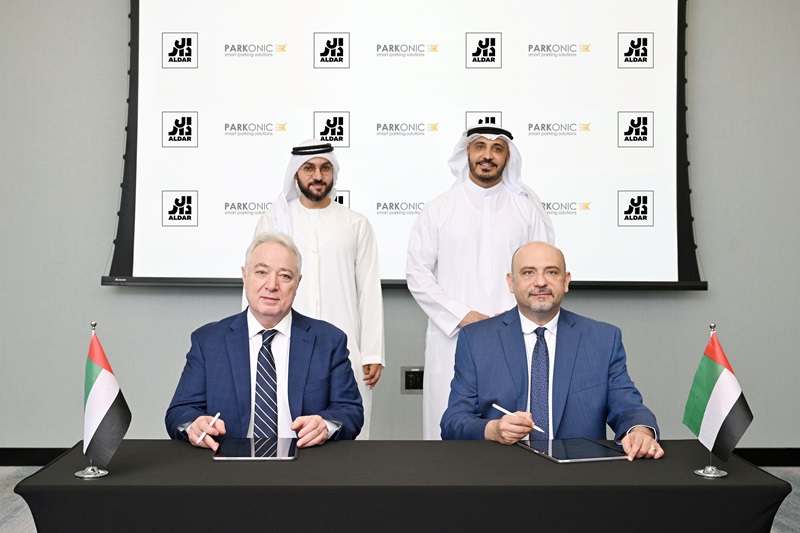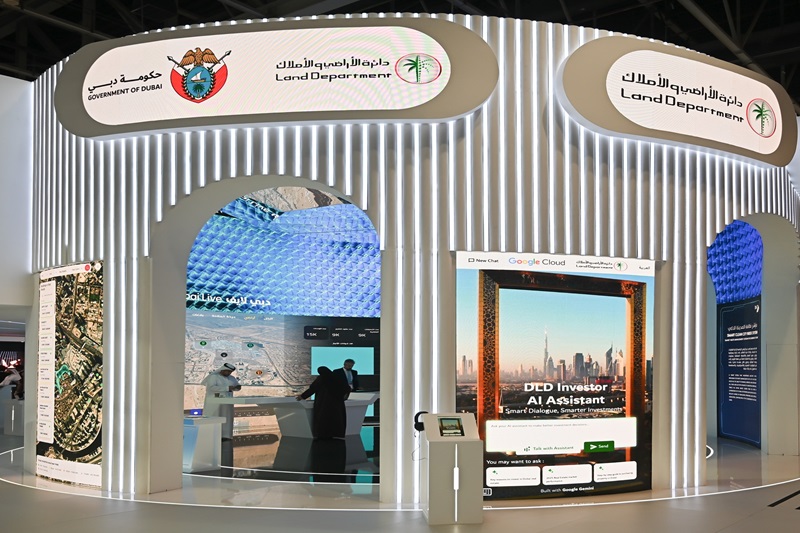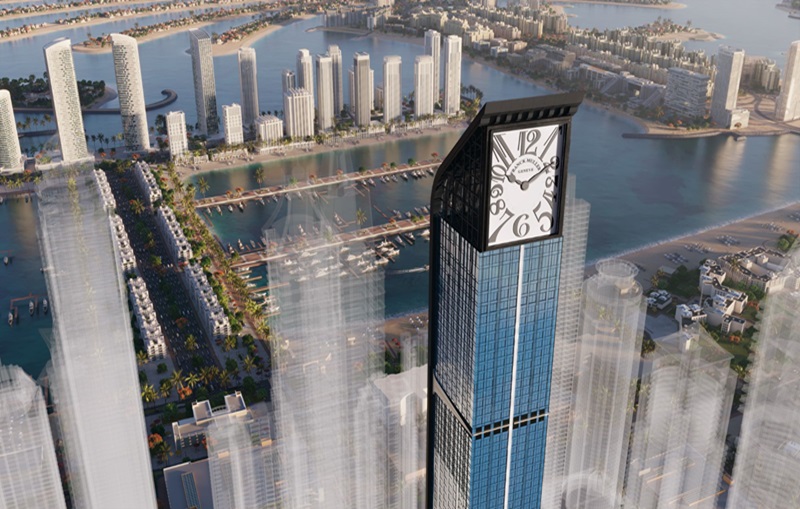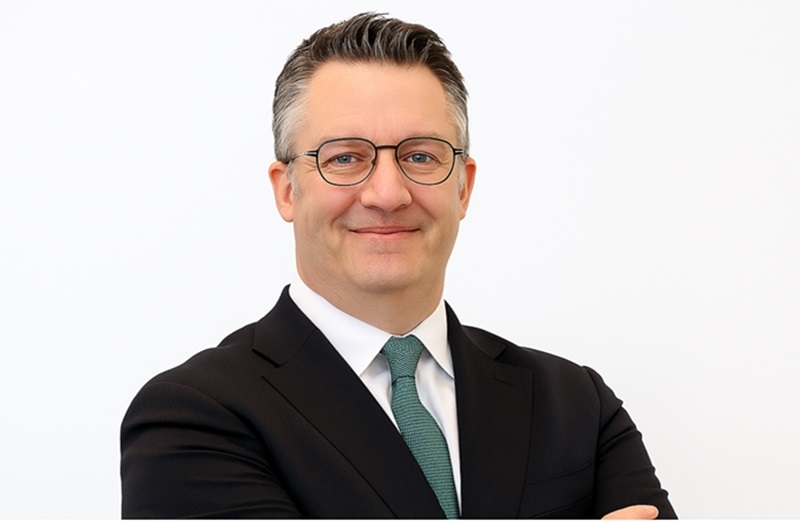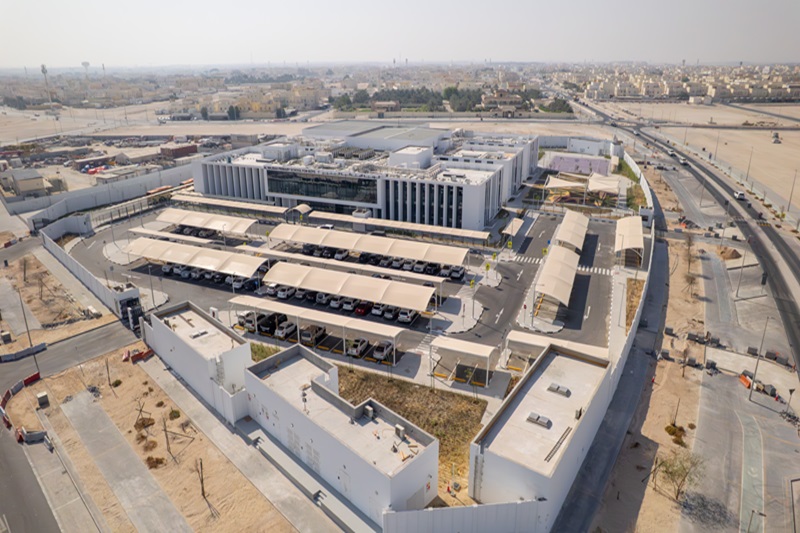.png)
Project Name: Capital Central Park infrastructure
Purpose: Cultural, social, and environmental heart of Egypt's New Administrative Capital, serving as a multi-functional public space Capital Central Park (CCP), the centrepiece of Egypt's New Administrative Capital, is poised to redefine urban green infrastructure in the country.
Positioned as the cultural, social, and environmental hub of this emerging smart city, CCP aims to blend sustainable design with Egypt’s rich cultural heritage, creating a vibrant, multi functional public space for both residents and visitors.
Project Overview
Spanning an impressive 11 kilometres and covering 440 hectares, CCP is divided into three distinct zones: the natural (CP01), cultural (CP02), and civic (CP03) areas.
These zones feature a wide range of attractions, including gardens inspired by Pharaonic, Classical, and Islamic history, an indoor arboretum, wellness and urban games complexes, an art pavilion, and the iconic Red Towers, which serve as landmarks for visitors. Each zone has been meticulously designed to offer unique experiences while maintaining an overarching theme of sustainability and cultural identity.
Mike Moore, Director of FM Advisory Services at Currie & Brown, highlighted the project’s significance and their role in its development: "We were appointed by the Administrative Capital for Urban Development Company (ACUD) to provide facilities management (FM) advisory services for the park. Our role has been pivotal in ensuring the park is not only maintained to international standards but also transitions from a cost centre to a revenue-generating public asset."
Design and Community Focus CCP has been designed with inclusivity and community well-being at its core, offering spaces that cater to people of all ages and abilities.
Features such as learning gardens, a library with reading spaces, and culturalevents lawns are intended to encourage education and social interaction.
Meanwhile, health and well-being will be prioritised through state-of-the-art wellness facilities and fitness spaces. A boating lake, fishing pond, sculpture garden, and an outdoor cinema will further enhance the recreational opportunities available to visitors. Moore elaborated on the project’s community impact: "The park is designed to meet the recreational and cultural needs of the population while fostering a sense of community. It’s a place where people can meet, learn, exercise, and relax, enhancing their overall quality of life."
Current Status
The first phase of the park is nearing operational handover, while phases two and beyond are in early stages of construction. Infrastructure development is currently underway, with
a focus on maintaining momentum and ensuring quality standards.
Key Features
CCP’s design weaves historical and cultural narratives into its infrastructure. Visitors can explore gardens that celebrate three major eras of Egyptian history: Pharaonic, Classical, and Islamic.
Additional attractions include:
• Indoor Arboretum: A s pace for biodiversity and ecological education.
• Fishing Pond and Boating Lake: Recreational water features.
• Outdoor Cinema: A unique venue for cultural and entertainment activities.
• Art Pavilion and Sculpture Garden: Spaces to showcase creativity and craftsmanship.
• Wellness and Urban Games Complexes: Promoting physical and mental well-being.
• Children’s Learning Gardens and Library: Encouraging educational
engagement among young visitors.
• Red Towers: Five striking structures serving as wayfinding landmarks.
• Integrated transit and pedestrian-friendly pathways will ensure seamless movement throughout the park, enhancing accessibility and user experience.
Sustainability Initiatives
The park’s development is underpinned by a strong emphasis on sustainable practices. Key features include xeriscaping for water-efficient landscaping, habitat creation for native flora and fauna, and advanced stormwater management systems.
Grass areas have been minimised to reduce water consumption, and efficient outdoor lighting has been integrated to lower energy use. Additionally, robust waste segregation and recycling systems are planned to ensure environmental responsibility.
Speaking about the sustainability aspect, Moore stated: "Sustainability is at the heart of modern construction projects. For CCP, we ensured that sustainable principles were embedded in both design and operations. From minimising water consumption to implementing efficient lighting systems, every element reflects a commitment to environmental stewardship."
Facilities Management and Monetisation
A critical element of CCP’s operational model is striking a balance between public accessibility and financial sustainability.
Currie & Brown’s FM advisory included guiding ACUD on appointing a facilities management managing agent (FMMA) to oversee park operations to international standards. The goal is to ensure the park remains accessible to the public while generating sufficient revenue to support its long-term maintenance.
Moore explained the financial approach: "The park must serve the community while generating revenue to sustain its operations. Monetising certain components, such as hosting events and leasing spaces, will help balance the books without compromising accessibility."
Plans include hosting events at varying price points to cater to different segments of the population. Strategic procurement support from Currie & Brown has been instrumental in ensuring cost and operational efficiency throughout the bidding process for the FMMA appointment.
Budgeting and Finance
CCP’s financial model aims to balance public utility with economic sustainability. Currie & Brown have worked closely with ACUD to develop a strategy that monetises certain park elements while ensuring inclusivity.
Moore elaborated: "Working closely with ACUD and building an in-depth understanding of the park’s FM requirements allows us to ensure a balance between public accessibility and sustainable return on investment. This includes advising on the appointment of an FMMA or FM managing partner to ensure operational efficiency."
Challenges and Lessons Learned
The project encountered challenges, particularly in aligning international FM standards with the capabilities of domestic suppliers. Local bidders were unfamiliar with advanced FM concepts
such as performance-based contracts and hybrid scopes that include property management functions.
Moore reflected on these hurdles: "Introducing performance-based contracts and other international standards required coaching and collaboration with both ACUD and prospective suppliers. Our adaptable approach ensured a seamless transition from construction to operations."
Long-term Impact
CCP is expected to play a transformative role in Cairo’s urban development, serving as a blueprint for future green infrastructure projects across the region. Its integration into the New Administrative Capital’s smart city framework will enhance the quality of life for residents and set new standards for sustainable urban living.
Moore shared Currie & Brown’s vision for the park’s impact: "Capital Central Park is a model for future city developments in Egypt and the region. By embedding sustainability and community-centric design from the outset, it demonstrates how urban green spaces can create a positive environmental and social impact."
Anticipated Environmental and Social Impact
CCP will contribute to Egypt’s Biodiversity Strategy (2015-2030) by promoting environmental awareness and supporting ecotourism. Its design incorporates climate-adaptive features that will combat desertification and create a sanctuary for native species. By fostering a connection to nature, the park will enhance community well-being and inspire future generations t prioritise environmental sustainability.
As Moore summarised: "The park offers a solution to urban challenges by creating a shared space that is environmentally adaptive, culturally rich, and socially inclusive—a true embodiment of Egypt’s future aspirations."
Future Outlook
ACUD is set to meet world-class standards through the integration of smart city technologies, including a command and control centre connected to computer-aided facilities management systems (CAFM).
The park’s design also incorporates multi-sensory communication methods to ensure inclusivity and accessibility for all visitors. Moore concluded: "Capital Central Park has been designed not just as a green space but as a cultural and social hub that reflects the aspirations of Egypt’s New Administrative Capital. By combining sustainable practices with cutting-edge technology, it stands as a testament to what the future of urban parks can achieve."
ACUD CCP Capital Central Park CAFM Currie & Brown Egypt New Administrative Capital Cairo






.jpg)
.jpg)
